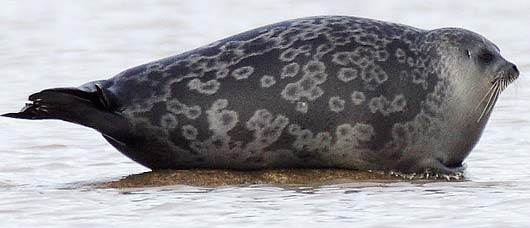Ringed Seal – Small, Populous Arctic Loner
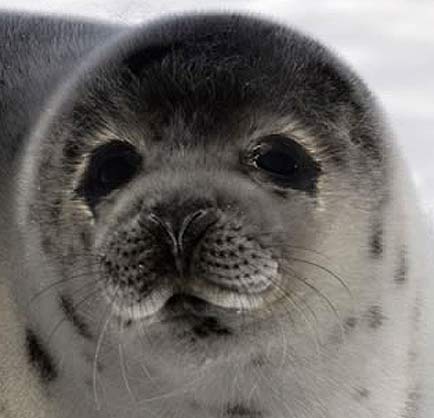
Most populous of all the seals in the arctic, the ringed seal numbers in the millions. Even though there are so many, they don’t hang out together but live mostly solitary lives. They can often be found resting alone on a block of drift ice. Circumpolar, their range is all around the icy Arctic coasts and as far South as the Hudson Bay and Newfoundland. In the Bering and Chukchi Seas, ringed seals move north and south each year with the pack ice. In the Canadian Arctic, they stay in the same general area all year. Two subspecies in Northern Europe live in fresh water. They feed on a wide variety of fish and crustaceans with cod, shrimp and herring being favorites.
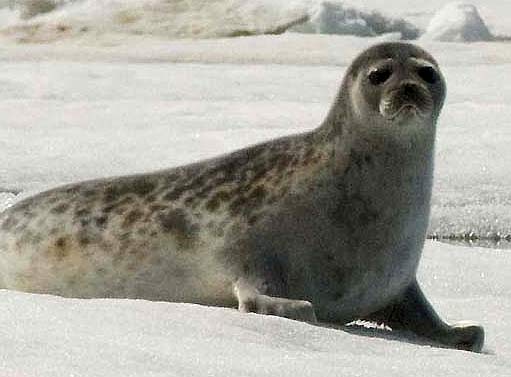
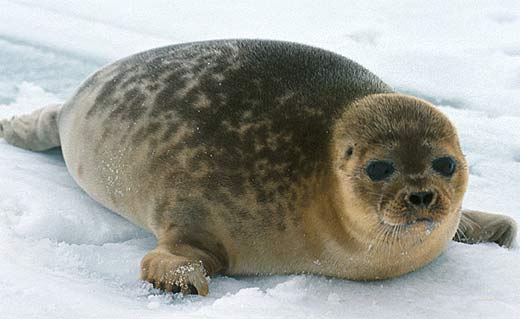
The color of the ringed seal’s coat varies from gray to blue-black with many creamy, dark-centered distinctive rings. Adult males and females both average only about 4.5 feet (1.4 m) in length and weigh about 200 pounds (91 kg). This makes them the smallest seal in the Arctic and indeed the smallest in the pinniped family. They also have small heads and short snouts.
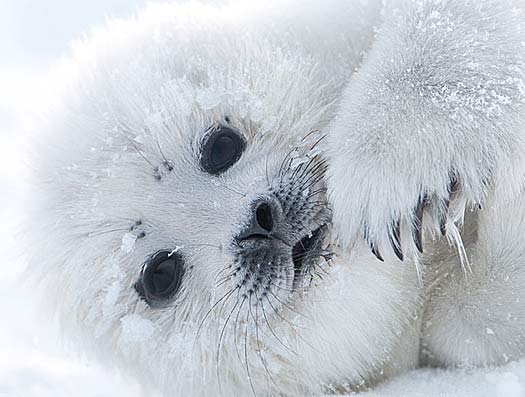
When the sea freezes the seal makes breathing holes in the ice, using teeth and claws to slowly peck away at the ice as it closes the holes. A polar bear on the hunt for food will sometimes wait for seals emerging from their holes to breathe. A pregnant female seal will dig out or adapt a snow den on ice attached to land in order to give birth to a pup. She comes and goes through a hole in the floor. Unfortunately, the polar bear presents another risk here for the seals as it is on the lookout for these dens. It may find a den and seize the pup inside. The pup is born, with a white coat, between the middle of March and May. It will nurse for nearly two months before the mother leaves.
